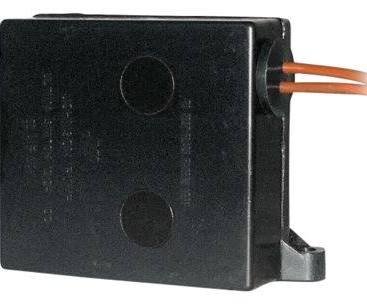sdowney717
Guru
- Joined
- Jan 26, 2016
- Messages
- 2,264
- Location
- United States
- Vessel Name
- Old Glory
- Vessel Make
- 1970 Egg Harbor 37 extended salon model
Top Liquid Water Level Sensor Right Angle Float Switch | eBay
Bought 2 of these right angled ones. You can also get straights.
Frankly speaking, I am tired of buying bilge pump switches. Just recently found one that is sticking on. If I lift float, it no longer drops.
These magnetic reed switch, I plan to connect to a couple 40 amp Bosch relays to power two 3700 Rule pumps. I just need an angled bracket.
I already power on the pumps using a relay, so this magnetic switch will act just like my manual switch.
I thought about straight inline switches. Maybe could be mounted inside an inverted cup for more protection. My current switches are all open float. I have 5 bilge pumps and all use your typical float switch.
This Ebay switch is sealed up waterproof. The float has a magnet that rips the switch. A Bosch relay takes 160 milliamps or less to energize it's coil. So easily this switch will power a relay.
Bought 2 of these right angled ones. You can also get straights.
Frankly speaking, I am tired of buying bilge pump switches. Just recently found one that is sticking on. If I lift float, it no longer drops.
These magnetic reed switch, I plan to connect to a couple 40 amp Bosch relays to power two 3700 Rule pumps. I just need an angled bracket.
I already power on the pumps using a relay, so this magnetic switch will act just like my manual switch.
I thought about straight inline switches. Maybe could be mounted inside an inverted cup for more protection. My current switches are all open float. I have 5 bilge pumps and all use your typical float switch.
This Ebay switch is sealed up waterproof. The float has a magnet that rips the switch. A Bosch relay takes 160 milliamps or less to energize it's coil. So easily this switch will power a relay.
Last edited:






